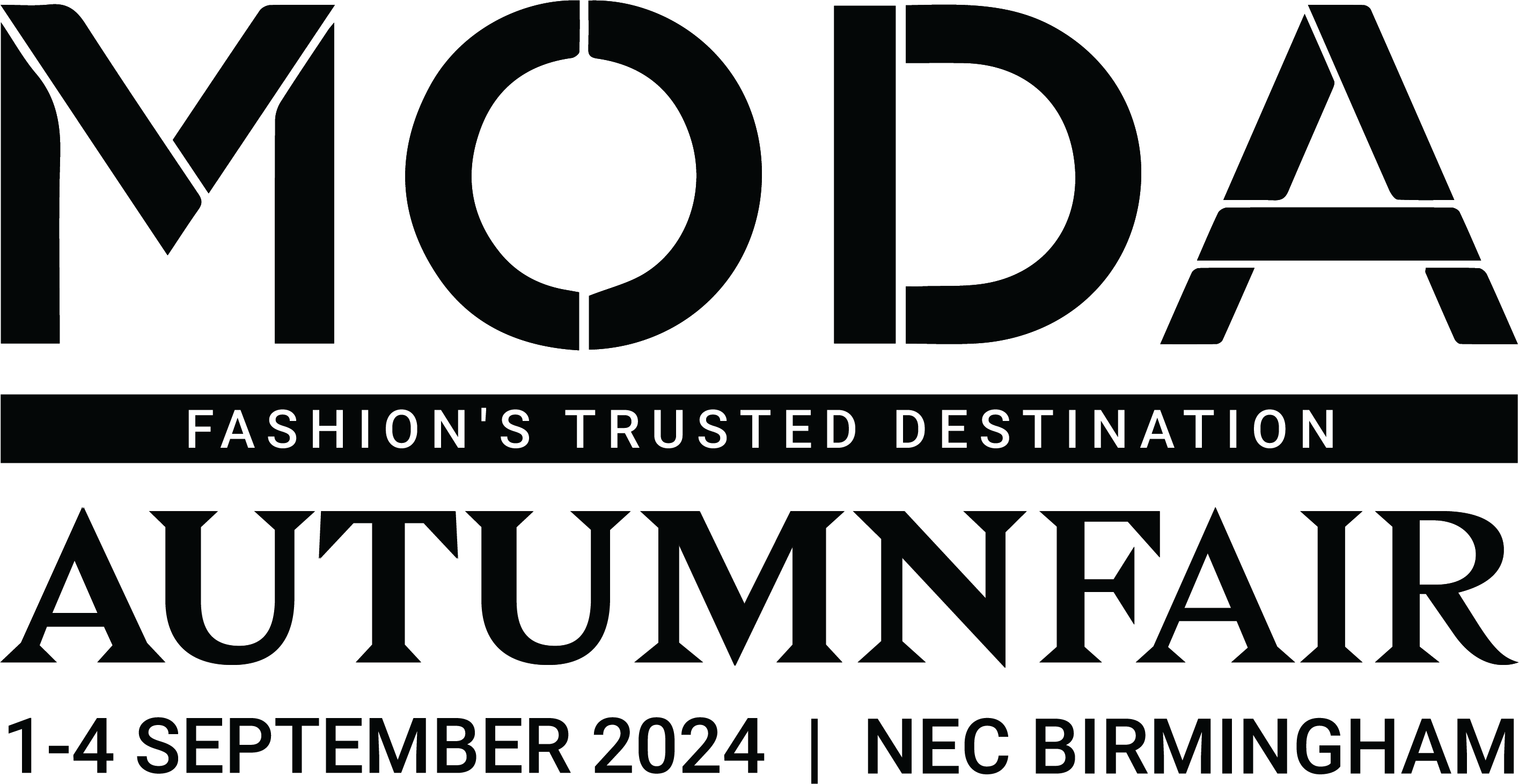What is personalisation?
)
Personalisation is a word that’s been used a lot recently, especially when it comes to talking about shopping behaviour and marketing. But what does it actually mean? We thought we’d take a look into one of the most used buzzwords to give you an idea of what personalisation actually is and how you can harness it in your marketing efforts.
The definition
Personalisation does what it says on the tin. Just like any other form of personalisation, marketing personalisation is all about putting the needs and preferences of your audience first. So, if you see a particular person has visited a certain dress on your website, you then send them content about and relating to that dress. It’s that simple.Personalisation vs customisation
It’s worth remembering that personalisation and customisation are two different things.Customisation is all about giving customers the opportunity to make something their own; to custom-make products and services that fit with their specific taste.
Personalisation is different; it’s not about letting your customers define the exact product they want, instead, it’s about creating communications that are tailored to them. The idea is to spark a one on one relationship with each individual customer.
Personalisation and digital marketing
Consumers are getting savvy to the way digital marketing works, and they know how much data you hold on them; after all, with GDPR, they have to actively consent to you using their information. That means that they’re now expecting more from brands when it comes to marketing. They know that they’re not your only customer, but they want to feel like they are. Here’s a few things you can try to serve them the personalised content they’re looking for online:-
Retargeting. This is a method of pay-per-click or PPC advertising. It works by using cookies to track users’ behaviour when they’re browsing your website and then serving them similar content when they see your ads. Going back to our dress analogy, if a user has viewed the dress on your website, and then gone to another website, they may be shown that dress in advertising on the new website.
-
Personalised emails. You have their first name, so use it! Whether that’s in subject lines or just adding in a “Dear Joe”, addressing your customers by name could make all the difference to your engagement rates.
-
Product recommendations. You’ve probably been targeted with this kind of content at some point! Many websites take the opportunity to target shoppers with other similar items at the checkout. This way, you’re showing extremely hot leads, who are already in the middle of making a transaction, other products that go well with the item they’re in the middle of buying.
-
Geo-location. If you know where your customer is from, you can serve them with relevant content for that country. In very broad terms, perhaps your target customer is in a country heading into the winter season. You can show these customers winter coats, boots and cold-weather clothing that is relevant to what they’ll need at the time.
As always, we want to hear from you. Get in touch with us on social media or via email to let us know what you’re doing to personalise your marketing.


